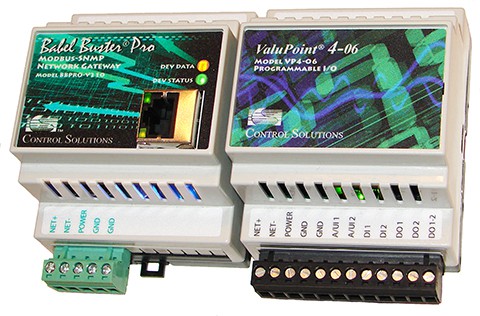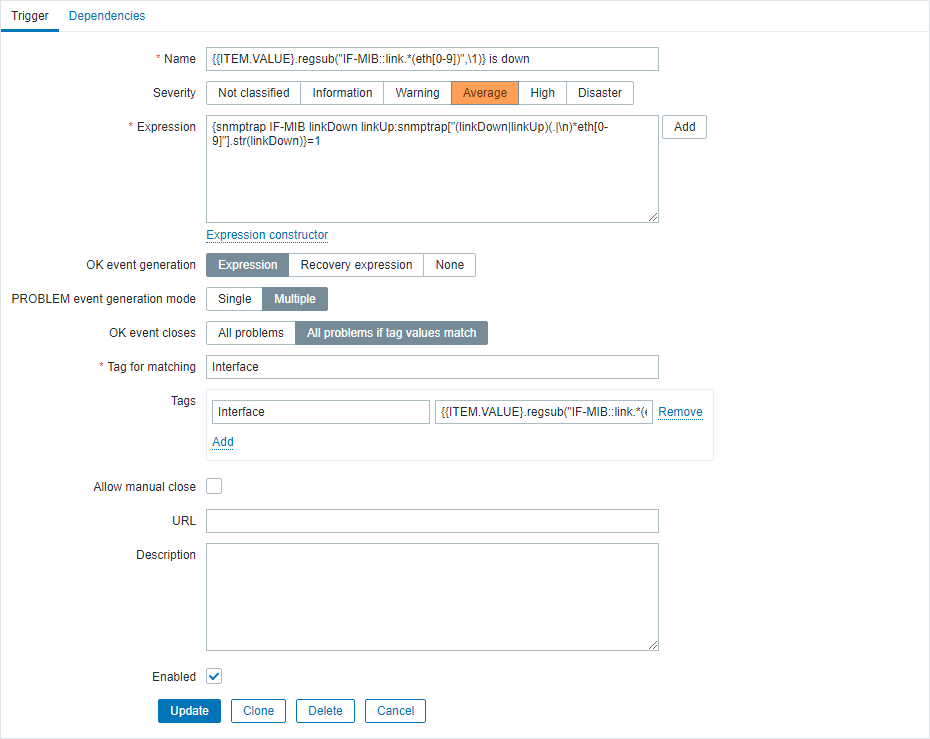

Specific trap code-Indicates one of a number of specific trap codes. Generic trap type-Indicates one of a number of generic trap types. SNMPv1 traps are defined in RFC 1157, with these fields:Įnterprise-Identifies the type of managed object that generates the trap.Īgent address-Provides the address of the managed object that generates the trap. In addition, a managed device agent can not send a trap, if the device has had a catastrophic outage. SNMP requests are required for discovery and topology changes. However, it is not possible to totally eliminate SNMP polling.

Trap-directed notification can result in substantial savings of network and agent resources by eliminating the need for frivolous SNMP requests. For instance, the manager can poll the agent directly, or poll other associated device agents to get a better understanding of the event. It does this by sending a message known as a trap of the event.Īfter the manager receives the event, the manager displays it and can choose to take an action based on the event. The solution is for each agent on the managed device to notify the manager without solicitation.

The idea behind trap-directed notification is that if a manager is responsible for a large number of devices, and each device has a large number of objects, it is impractical for the manager to poll or request information from every object on every device. SNMPv1 (Simple Network Management Protocol) and SNMPv2c, along with the associated Management Information Base (MIB), encourage trap-directed notification. Refer to Cisco Technical Tips Conventions for more information on document conventions. This document is not restricted to specific software and hardware versions. There are no specific requirements for this document. The setup on the right shows an agent that sends an unsolicited or asynchronous trap to the network management system (NMS). In this diagram, the setup on the left shows a network management system that polls information and gets a response. SNMP traps enable an agent to notify the management station of significant events by way of an unsolicited SNMP message. It shows how SNMP traps are used and the role they play in the management of a data network. This document provides an introduction to SNMP traps.


 0 kommentar(er)
0 kommentar(er)
